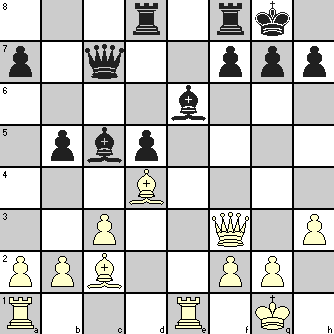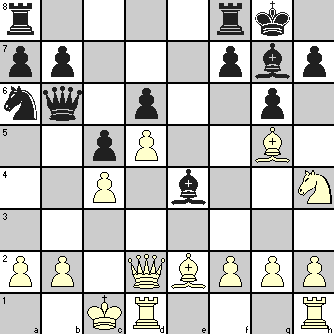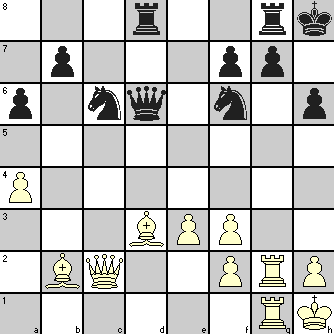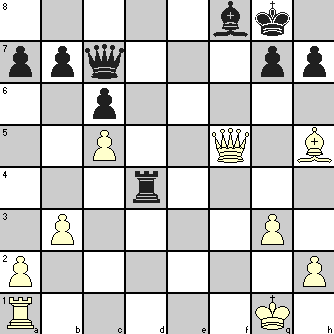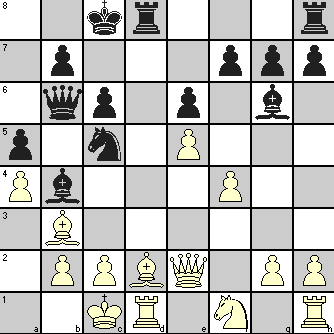In Chess Sacrifice as Chess Tactics, you have read that gaining tempo or time for attack is one of the chess tactics derived through a sacrifice when such offer cannot be refused without bringing other problems. The move spent in capturing the offered piece loses vital time for the opponent and the player employing the sacrifice uses the time gained to launch his own attack.
The game chosen as an example was played at Dusseldorf in 1908 between Jacques Mieses and Karel Treybal.
Jacques Mieses (1865-1954), a German Jew moved to England to avoid persecution by Nazis and when FIDE brought out the chess title system in 1950, Mieses became the first British Grandmaster. He was an attacking player with many brilliant victories.
You have already read about Karel Treybal in Chess Sacrifice as a Chess Tactics: forcing the King to a path of doom. In that article, we listed a good number of better-known players who were subdued by his attacking flair and Mieses was one of them. Here is a game that illustrates such an occurrence and also demonstrates how a piece is sacrificed to gain momentum for an attack.
If you play through the game, you can see how both the players, when facing an attack, retaliated with counter-attacks giving rise to a very absorbing tactical game. The position shown in the diagram is after White played 24. Nd5.
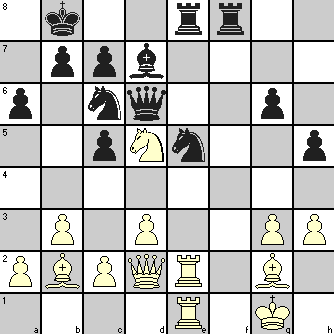
| 24. | … | Bxh3 | 25. Bxh3 Nf3+ wins the White Q | |
| 25. | c4 | Bg4 | ||
| 26. | Re3 | Nd4 | Black is targeting White’s vulnerable f3 square | |
| 27. | Bxd4 | cxd4 | ||
| 28. | Re4 | Bf5 | ||
| 29. | c5! | Qxd5 | ||
| 30. | Rxe5 | Qxe5! | Must have come as a surprise! The Q is exchanged for a Rook and Knight but Black was banking on the open Bishop diagonals and open e-file and f-file for his Rooks to get adequate play as compensation. | |
| 31. | Rxe5 | Rxe5 | ||
| 32. | Qb4 | Bc8 | ||
| 33. | Bxb7 |
Black seems to be in trouble. If 33. … Bxb7 then 34. c6 Rb5 35. Qxf8+. But White possibly did not anticipate Black’s reply!
| 33. | … | a5! | Now White is in trouble. If 34. Qb5 then 34. … Bxb7 is possible because of 35. c6 Rxb5 |
|
| 34. | Qxa5 | Bxb7 | The RP sacrifice by Black has gained vital tempo for Black | |
| 35. | g4 | Rg5 | ||
| 36. | Kh2 | Rxg4 | ||
| 37. | Qb5 | Rg2+ | ||
| 38. | Kh3 | Rc2! | ||
| 39. | Kh4 | Rf4+ | ||
| 40. | Kg5 | Rxc5+ | ||
| 41. | Qxc5 | Rf5+ | ||
| 42. | Qxf5 | gxf5 | ||
| 43. | Kxh5 | Ba6 | White resigned as after 44. Bxd3, White cannot stop one of the d-pawn and f-pawn from promotion. |
